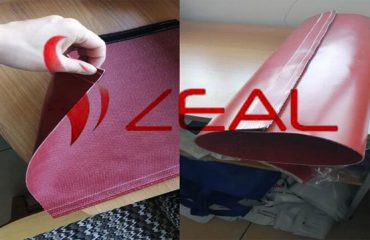With the continuous advancement and innovation of technology, great changes are taking place in all aspects of our lives. Among them, advances in the field of materials science have also opened up new possibilities for mankind. One of the innovations that has attracted much attention is Fire Fabric. Flame Cloth is a revolutionary material made of nanotechnology and flame-retardant materials. It has excellent fire resistance and a wide range of application prospects. In this article, we’ll explore what makes Firecloth unique and its potential impact.
First, what makes Flame Cloth unique is its superior fire resistance. Fire is a disaster that poses a serious threat to human life and property, so strengthening fire prevention measures has always been an important research direction. The fabric of Flame Cloth has been specially treated and has the property of not burning easily at high temperatures. More importantly, once exposed to flame, the material can automatically form a flame-retardant shell, effectively isolating the spread of flame and protecting the safety of the human body and the surrounding environment. This feature provides a more effective response to fire accidents and is expected to play a key role in many fields such as the construction industry, transportation and fire protection.
Secondly, Flame Cloth has broad application prospects in many fields. In the field of construction, flame cloth can be used to make flame-retardant curtains, furniture and carpets, etc., to further improve the fire resistance of buildings and reduce casualties and property losses when fires occur. In the field of transportation, flame cloth can be used in interior materials of cars, trains and aircraft to enhance the safety of vehicles and prevent the spread of fire in the event of a fire. In addition, in the field of fire protection, flame cloth can be made into fire-proof clothing and fire-fighting equipment, providing firefighters with a safer and more efficient working environment and helping them better put out fires.





